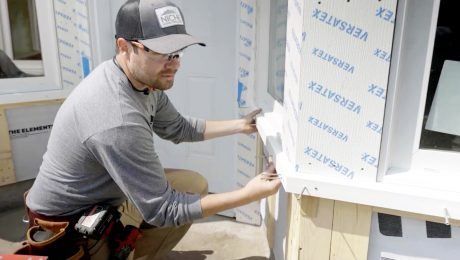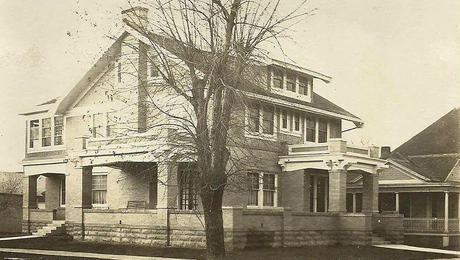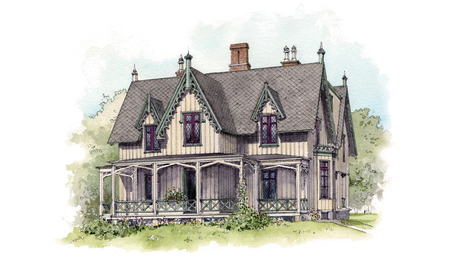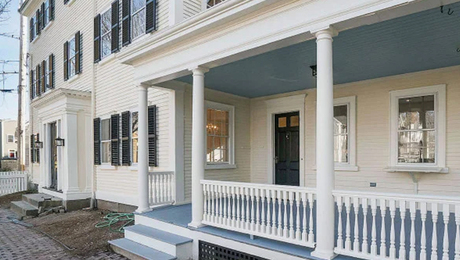Getting Back to Basics at the International Preservation Trades Workshop
From window-sash repair to stone masonry, this "gathering of the trades" covered it all
Even though almost three years have gone by since I put down my carpentry tools and joined the Fine Homebuilding staff, I’ve never gotten used to working at a desk. In my heart I’m still a tradesman, and, even on the coldest days, I’d much rather be swinging a hammer on a job site than tapping a keyboard in a cubicle. Fortunately I’m not chained to the desk all the time.
One of the best things about this job is the chance it offers me to visit job sites all over the country, meet the best craftspeople in the business and learn their secrets. That’s why I was excited to attend the fifth annual International Preservation Trades Workshop, which took place in October 2001 at the old Floyd Bennett Airfield in Brooklyn, New York.
Billing itself as a “gathering of the trades,” the workshop included hands-on demonstrations by more than 50 highly skilled preservation craftspeople. The topics were diverse, including window sash repair, curved metal flashing, stone masonry, timber framing, plaster repair, roofing with copper and slate, exterior painting, erecting scaffolding and using aerial lifts. Some presentations covered elementary skills, such as basic knots and rope work, while others shed light on obscure trades, such as restoring cork floors.
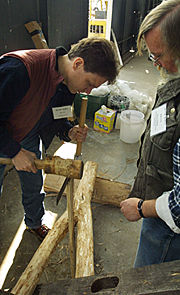
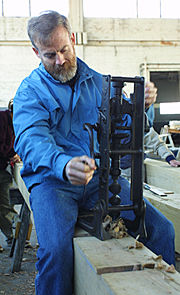
Once their formal presentations were concluded, many of the demonstrators offered spectators the opportunity for hands-on experience. If I hadn’t had an expensive digital camera hanging from my neck, I would have loved to notch a beam using the timber framers’ antique mortising machine. My colleague, assistant editor David Ericson, particularly appreciated the opportunity to try his hand at hand-splitting shingles. If either of us had had more time we also could have taken part in building a timber-frame gate, or laying bricks for a serpentine wall.
The International Preservation Trades Workshop is put on by the Preservation Trades Network (PTN), an organization that was founded in 1995 to bring dedicated tradespeople together and enable them to exchange information about the methods and the materials that they use to work on old structures.
At this time, PTN remains primarily an East Coast organization, but its leaders hope the group will continue to expand. Membership is open to anyone who’s interested in preservation or trades work. A yearly membership in PTN costs $45.
The next International Preservation Trades Workshop will be held August 2-4, 2002, in Fairmont, West Virginia. For more information, contact PTN at 860-633-2854 or www.ptn.org.
Tom O’Brien is an associate editor at Fine Homebuilding.
Photos: Tom O’Brien











